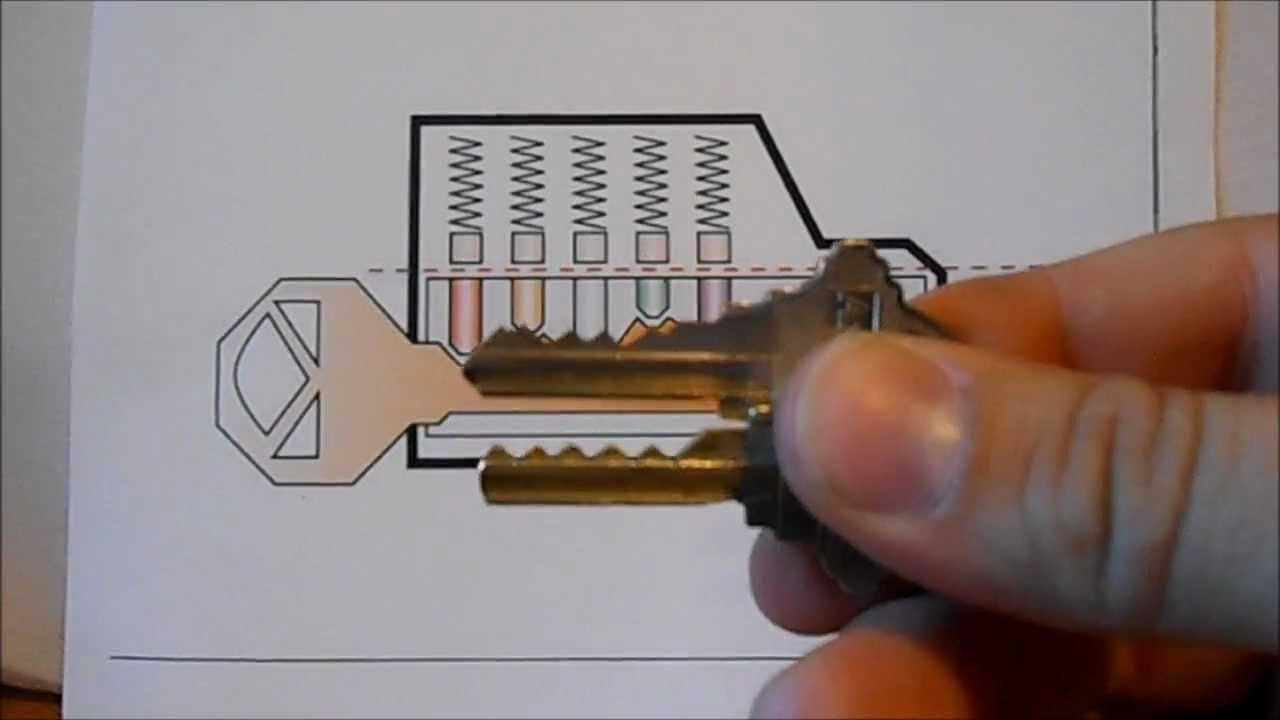“A very little key will open a very heavy door.”
― Charles Dickens, Hunted Down
Think about it, the most precious and the most dangerous of this planet’s offerings are under lock and key. It is that small lock that often stands in between affluence and poverty. Have you ever wondered what a world this would be if the lock had never been invented? Well, no fumbling over a bunch of keys to get into your apartment for one! And no frustration too trying to locate where you last placed that cursed key. Locks have many advantages. But have you wondered how this age-old resolute sentry works? Well, here is the down low on how keys work to open a lock.
The lock as you know it today is a far cry from the simple rope knots your ancestors relied on for security, but it does work on the same principle. The modern lock though has borrowed a lot of its aspects from the ancient Egyptian civilization that had locksmiths that created a simple pin tumbler lock, the bedrock of our modern lock. While that old lock was made of wood, our locks today are made of brass and hardened to render them impenetrable.
There are sets of levers, cams, and gears that combine to make the perfect locking mechanism, but they are slowly giving way to the advance of the electronic age. Now you have a wide array of automated and sophisticated electronic locks, which need no key under the door rug on the porch.
The most common is perhaps the Yale lock, so let’s find out how its keys work to open this lock. The Yale lock, invented by inventor Linus Yale, JR is based on the lock mechanism used in ancient Egypt. The heart of this lock is a solid metallic cylinder that swivels inside a very robust metallic casing.
The magic happens through a group of thin metallic pins that connect the housing with the cylinder. These pins are divided into an upper and lower set and have small springs that keep them in place. When your key is out of your lock, the top set of pins drops in from the metallic casing into the cylinder. This is how the locking mechanism works.
Once you are back to your door after a long days work, finished fumbling with your keys since your other hand is loaded with groceries, this is what happens. Your key, if you have paid some paid some little attention to it, has small groves on it. These groves are meant to move the metallic pins aforementioned, as you slide them into the lock.
The key groves will push the different sized pins up in the right pattern, to the top of the barrel. If the pattern matches the design of the lock, the lock barrel will be released. A lock can also work off the old barrel system, which catches pins or hooks on top, pulling both inwards, then outwards, to unlock. Well, now you know how keys work to open a lock.
Video:

